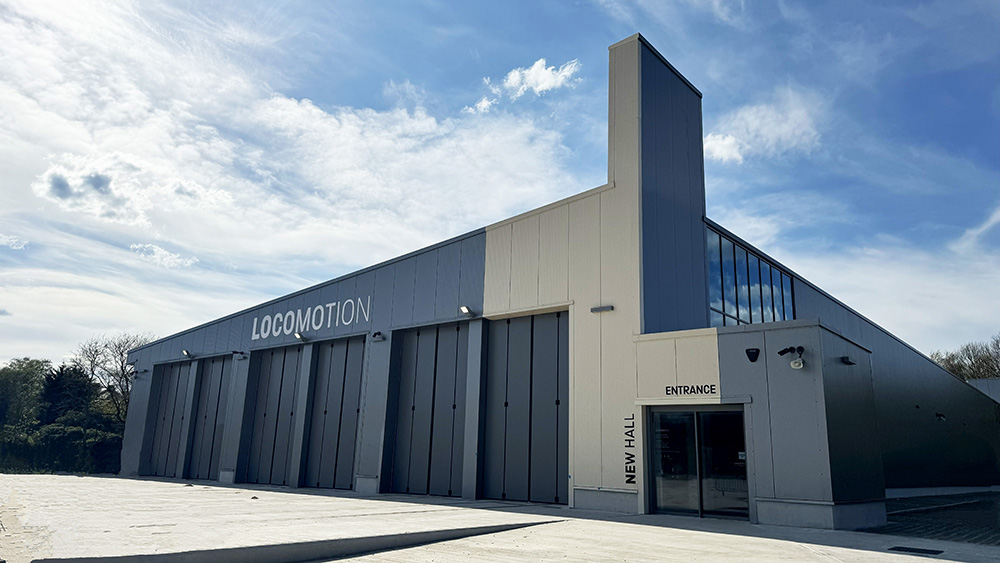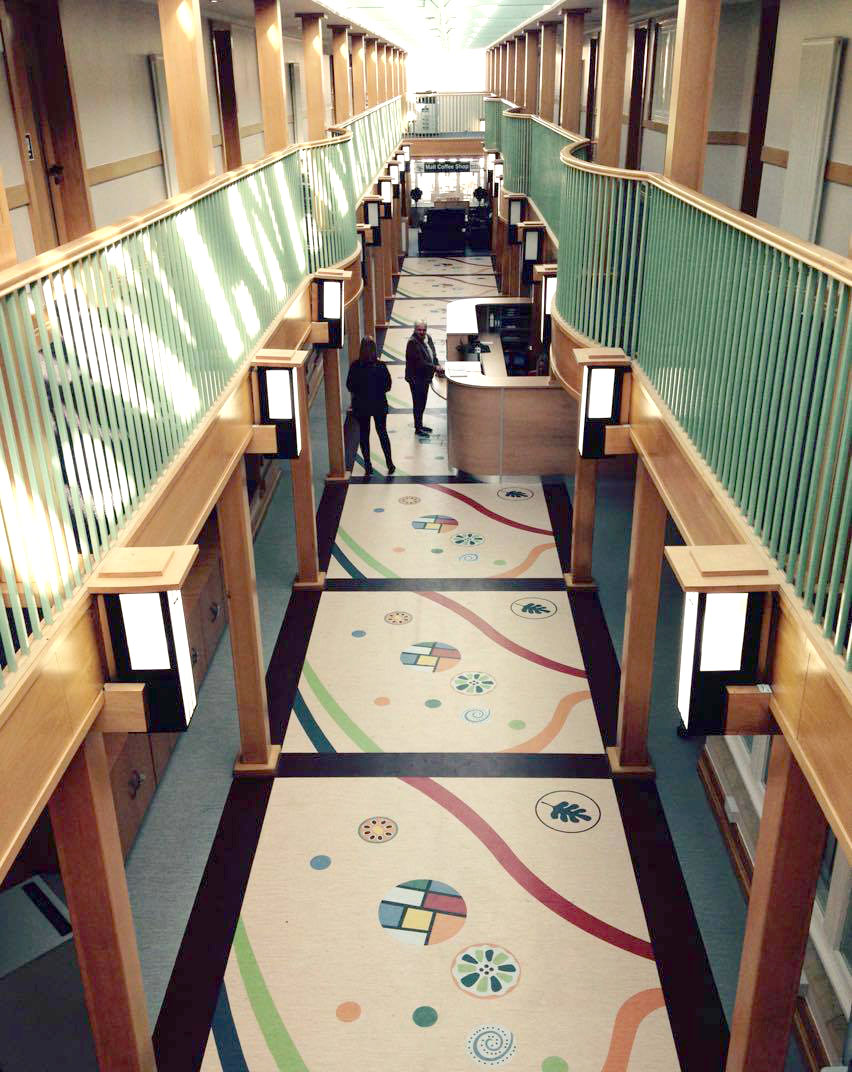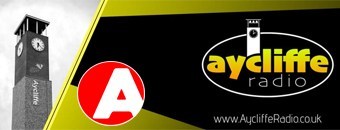A brand new £8m collections building opens at Locomotion in Shildon, this weekend – the museum’s most significant regeneration project since it opened 20 years ago, making it the largest undercover collection of historic rail vehicles anywhere in Europe.
Over 100 vehicles are now on display, celebrating the role of Shildon as the world’s first railway town – and along with a host of other improvements, the museum aims to attract 250,000 visitors a year to the region. Locomotion is a partnership between the Science Museum Group and Durham County Council, with the latter having provided significant funding towards New Hall.
New Hall is the latest milestone in a wider £95m masterplan project across Locomotion and the National Railway Museum in York, regenerating both museums with new galleries, spaces and vital conservation work to inspire future generations of engineers, creators and thinkers.
Sarah Price, Head of Locomotion, said: “I can’t wait for our visitors to experience New Hall. Great days out are made at Locomotion, and now it’s bigger and better than ever. Whether you’re joining our special opening celebrations or making a date to visit us in the future, New Hall is the place to be to celebrate the North East’s railway story for generations to come, ahead of the nationally significant bicentenary celebration of the railways in 2025.”
Highlights of New Hall’s collection include historically significant vehicles built at the Shildon works, two snowploughs, a tracked Bren Gun Carrier, two cranes and the Hetton Colliery Lyon, built in 1851. The museum’s existing Main Hall has also been refreshed and redisplayed.
Almost 1,000 vehicle moves were undertaken to achieve the new displays – the museum’s largest ever series of shunts, involving a team of in-house workshop and traction experts, conservators and specialist contractors. Inside New Hall, oral histories from former Shildon rail workers are used alongside historic film clips and graphics that bring the collection to life and highlight the significance of coal, industry and freight transportation – and how the North East’s industry and innovation influenced the world.
The building is the centrepiece of a host of other improvements and additions to Locomotion’s site, including the return of the iconic Gaunless Bridge, designed by George Stephenson. Originally spanning the River Gaunless, from 1823 to its removal in 1901, Gaunless Bridge is one of the first railway bridges to be constructed of iron, and the very first to use an iron truss. The bridge was sympathetically restored and repainted to its original colour scheme in early 2024 and is now installed on the approach to New Hall.
Other improvements at Locomotion include newly planted landscaped gardens, designed to increase biodiversity across the site, renovations to historic railway buildings, enhancements to parking facilities and the restoration of the site’s historic coal drops.
A ‘Changing Places’ facility has also been installed at the museum. In April, Locomotion was given an award from the North East Autism Society in recognition of its improved approach to inclusion and accessibility.
Free tickets are available for a special opening on bank holiday weekend (24-27th May), with a host of celebratory family-friendly activities on offer. Steam engine rides on a replica of Stephenson’s Rocket, live performances on an outdoor stage, science pop-ups, storytelling and crafting activities will take place across the May bank holiday weekend, continuing into the following week’s half-term holidays.
The Gaunless Bridge project has been generously supported by The Ironmongers’ Livery Company (Funder) and members of the public.
For more information about Locomotion visit: www.locomotion.org.uk
Locomotion’s £8m New Hall Opens this Weekend








